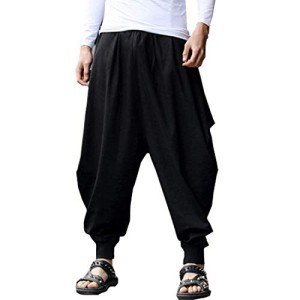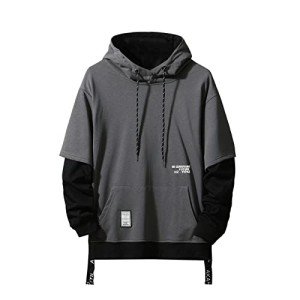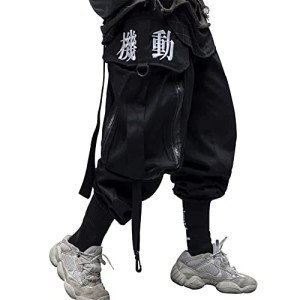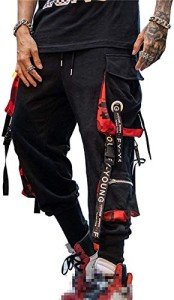The Rise of Japanese Style Streetwear on the West Coast of the USA
The fashion landscape of the West Coast of the United States has always been dynamic, characterized by its eclectic mix of styles from beachwear to grunge. However, in recent years, one of the most significant influences has come from across the Pacific - Japanese style streetwear. This style, with its intricate blend of high fashion, street sensibilities, and cultural nuances, has not only found a niche but has significantly shaped the fashion ethos of cities like Los Angeles, San Francisco, and Seattle.
Origins and Evolution
Japanese streetwear began to make its mark internationally in the 1980s and 1990s, driven by designers like Nigo of A Bathing Ape (BAPE) and Hiroshi Fujiwara, often dubbed the "godfather of Ura-Harajuku." These designers melded American hip-hop culture with traditional Japanese aesthetics, creating something uniquely expressive yet universally appealing. Brands like WTAPS and Neighborhood further cemented this style, focusing on quality, detail, and a rebellious yet refined look.
Crossing the Pacific
The West Coast, particularly Los Angeles, served as a fertile ground for this style due to its vibrant fashion scene and cultural openness. The influence began subtly with niche boutiques importing limited edition pieces from Japan. These items, often seen as luxury goods due to their exclusivity and high craftsmanship, quickly became status symbols among fashion-forward individuals.
The turning point was arguably the late 2000s when streetwear culture globally was at its peak. The internet played a crucial role here, democratizing access to Japanese fashion through social media and online retail platforms. Bloggers, influencers, and celebrities began showcasing these brands, leading to a broader cultural exchange. Events like ComplexCon in LA have become melting pots where Western and Japanese streetwear culture converge, showcasing collaborations and new releases that further stoke the flames of this fashion movement.
Cultural Fusion
The appeal of Japanese streetwear on the West Coast lies in its ability to fuse with local subcultures. In California, where surf, skate, and hip-hop cultures thrive, Japanese elements have been seamlessly integrated. For instance, brands like BAPE have collaborated with American artists and athletes, embedding themselves into the fabric of West Coast identity.
Moreover, the minimalist and often gender-neutral approach of Japanese designers resonates with the contemporary push towards versatile and sustainable fashion. This approach has influenced local designers and brands, leading to a new wave of streetwear that respects both its Japanese roots and local cultural expressions.
Impact on Local Fashion
The impact of Japanese streetwear is visible not just in what people wear but how they wear it. There's an increased attention to detail, from the way garments are layered to the choice of accessories, reflecting the meticulous nature of Japanese fashion. Thrift stores and fashion markets in cities like San Francisco have seen an uptick in demand for vintage Japanese pieces, indicating a deeper appreciation for the historical and cultural aspects of the style.
Local brands have also started to incorporate elements like graphic tees with Japanese kanji, or the use of traditional fabrics like denim in a way that echoes Japanese techniques. This isn't merely imitation but a form of cultural dialogue, where fashion becomes a medium for cultural exchange and appreciation.
Challenges and Future
However, the integration of Japanese streetwear into the West Coast scene isn't without challenges. Issues of cultural appropriation versus appreciation often arise, requiring a nuanced understanding of where inspiration ends and appropriation begins. The high cost of authentic Japanese streetwear also poses a barrier, making it less accessible to the broader population, though this has been somewhat mitigated by more affordable collaborations and local interpretations.
Looking forward, the fusion of Japanese and West Coast styles seems poised to continue evolving. With sustainability becoming a significant concern, the meticulous craftsmanship, quality, and timeless design of Japanese streetwear could lead the way in redefining what streetwear can be. Moreover, as digital platforms continue to shrink the world, the cultural exchange between these two fashion-forward regions will likely deepen, potentially leading to new subgenres of streetwear that are as much about cultural storytelling as they are about style.
In conclusion, the emergence of Japanese style streetwear on the West Coast of the USA is not just a trend but a cultural phenomenon that speaks to the global nature of fashion in the 21st century. It's a testament to how style can transcend geography, fostering a shared appreciation and dialogue across cultures.



